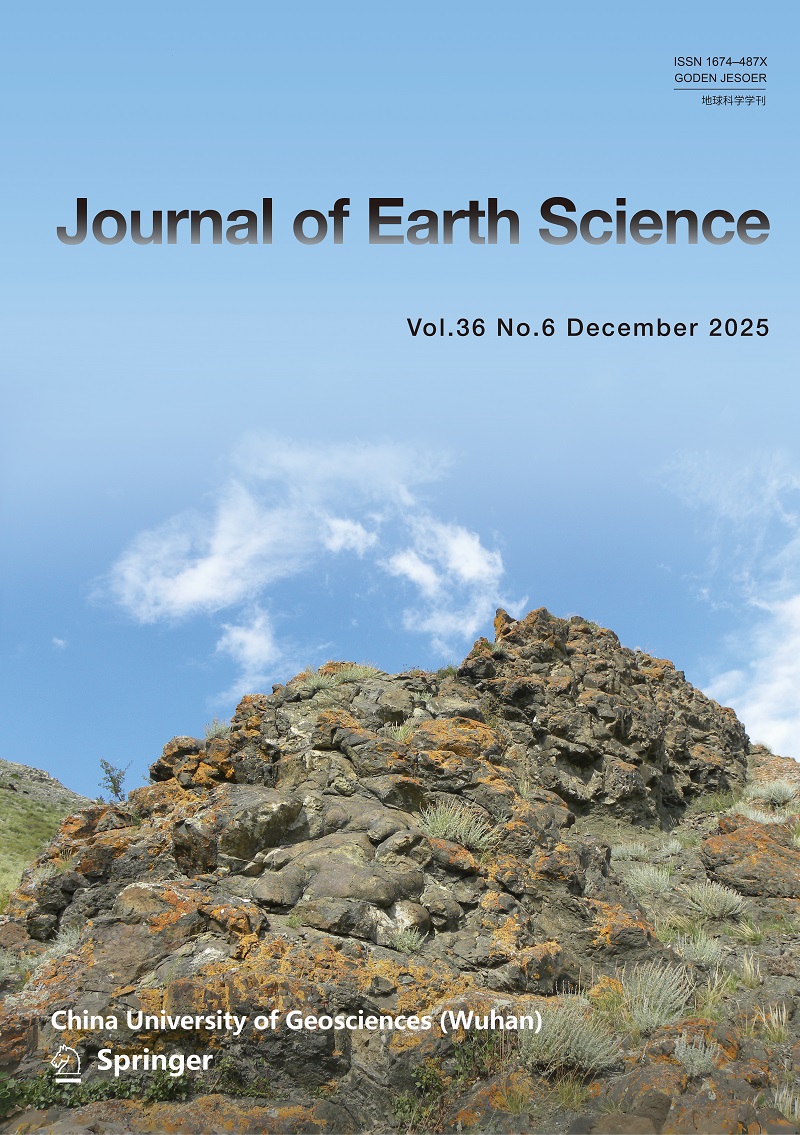Understanding the formation of lithium-rich pegmatites is critical for meeting global lithium demand. The 509 Daobanxi Li pegmatite deposit, located in the West Kunlun orogenic belt of northwestern China, represents a significant example of an LCT-type (Li-Cs-Ta) pegmatite system. This study investigates the paragenetic sequence of lithium (Li) minerals and the factors controlling their crystallization, providing new insights into the magmatic-hydrothermal evolution of rare-element pegmatites. Pegmatite dikes exhibit distinct zonation, comprising a wall rock zone, a border zone (aplitic layer), and a core zone (pegmatitic layer), with Li mineralization concentrated in the pegmatitic and aplitic layers. The primary Li minerals include spodumene (Spd), montebrasite (Mbs), eucryptite (Ecr), elbaite (Elb), and lepidolite (Lpd), which crystallize in the order of spodumene → montebrasite → elbaite → lepidolite. Spodumene, the dominant Li-bearing mineral, crystallizes from a Li-saturated melt during the magmatic stage. Montebrasite, a Li-phosphate mineral, forms in P-rich environments, coexisting with spodumene and columbite-group minerals (CGM). During the magmatic-hydrothermal transition, elbaite crystallizes from a B-rich melt, exhibiting skeletal and patchy zoning due to undercooling and disequilibrium crystallization. Hydrothermal alteration leads to the breakdown of spodumene and the formation of secondary minerals such as eucryptite and lepidolite, with lepidolite being the final Li-bearing phase, enriched in fluorine. The coupled dissolution-precipitation processes during the magmatic-hydrothermal transition play a critical role in the remobilization and enrichment of rare elements such as Li, Nb, Ta, and Sn. This deposit, characterized by spodumene crystallization in the Spd + Quartz stability field (≥300 MPa, ≤725 ℃) and subsequent alteration to Ecr + quartz assemblages (270 ℃, 160 MPa), exhibits broader temperature-pressure conditions exceeding typical global pegmatites like Tanco, with no petalite formation observed due to its persistent exclusion from petalite stability fields throughout mineralization. The shear zone controls the pegmatite emplacement and lithium enrichment in the 509 Daobanxi lithium deposit, and its deformation-fluid coupling mechanism provides new insights for the exploration of LCT pegmatite deposits. The present study highlights the importance of understanding both magmatic and hydrothermal processes in the formation of LCT-type pegmatites and provides valuable insights for the exploration of critical metal resources in similar geological settings.











